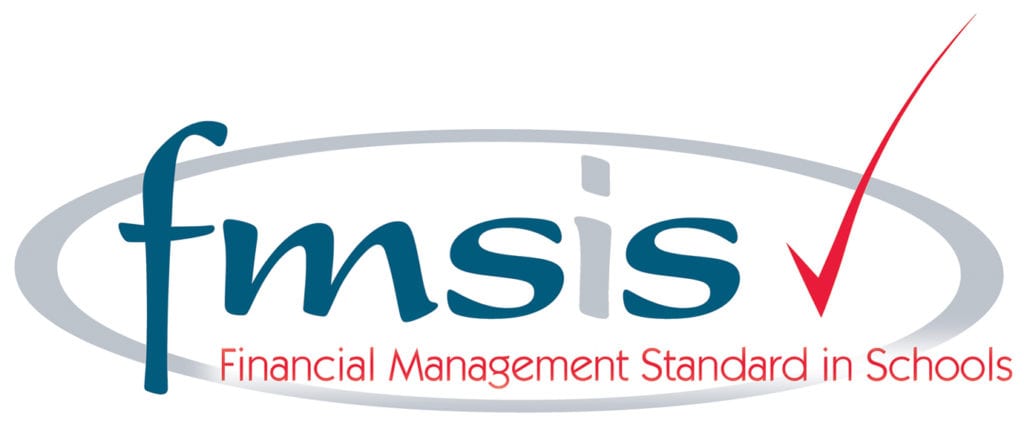How you can help at home (Oxford Owl)
In Year 1, your child will have a growing knowledge of phonics and will be building up a range of reading skills. The focus is now on developing their phonics and comprehension skills as they become confident and fluent readers.
In June, your child will take the phonics screening check to make sure they are reading at the expected level.
There are lots of ways you can help your child with reading in Year 1. Here are our top ideas.
1. Listen to your child read
Books that your child brings home from school should be at the right level for them. The words should be readable for your child. They are written to ensure steady progress and success. Many of these books include helpful notes for parents inside the front and back covers.
Bear in mind that reading or listening to the same book more than once is no bad thing – in fact, it is really important for children. Re-reading lets them see or hear words and phrases enough times to remember them, and also helps them to think again about the ideas in the book, perhaps noticing things they missed the first time.
2. Read to your child
Reading to your child will help them to enjoy reading and will build up vital comprehension skills.
Children benefit from listening to books that they can’t read themselves yet, as they will see and hear adventurous language and ideas that they might not have found in their independent reading. Non-fiction books about the things they’re interested in and longer stories are both great for expanding your child’s reading horizons.
3. Make regular time
Life is busy, but even ten minutes listening to your child read each day is one of the best ways you can support their education and help them to become a strong reader. Finding a time and place that fits with your routine can help make sure reading is a regular activity. Try straight after school while they have a snack or while the bath is running.
Our free eBook library has lots of books perfect for younger read
- Sound it out
If your child gets stuck on a word, get your child to say the letter sounds (e.g. ‘c’ ‘l’ ‘a’ ‘p’) and then blend them together to hear the whole word (clap). If they are really stuck then it’s best to tell them the word and move on. If the book is at the right level then this should not happen too much.
- Get them involved!
When you’re reading with your child, try to keep them actively involved in the words and the story. Clap out syllables or chunks in words and names to help with reading longer words: pel-i-can! Sep-tem-ber! Or point out that some words are made up of two words (for example, wind and then mill makes windmill).
You can have lots of fun with reading by making it an interactive experience. Encourage your child to join in with phrases, sound effects, and actions to make story time a shared experience. It’s great for bonding, and talking, acting, and re-telling will all help to develop your child’s reading.
- Choose a wide range of books
A mix of fiction and non-fiction, real stories and magical stories, familiar characters and new experiences help to broaden your child’s interests and keep story time fresh. Sometimes you might choose the book, sometimes they might choose the book, and sometimes you might read both!
- Talk about books, stories, words and pictures
Asking your child questions can help them to think about their reading. Try to ask open questions that begin with ‘how’ and ‘why’. If you can, try to get your child to go back to the text and pictures to tell you how they know the answer.
Talking about what is happening in a picture, what the characters might be thinking, or what might happen next all help to develop early reading skills.







